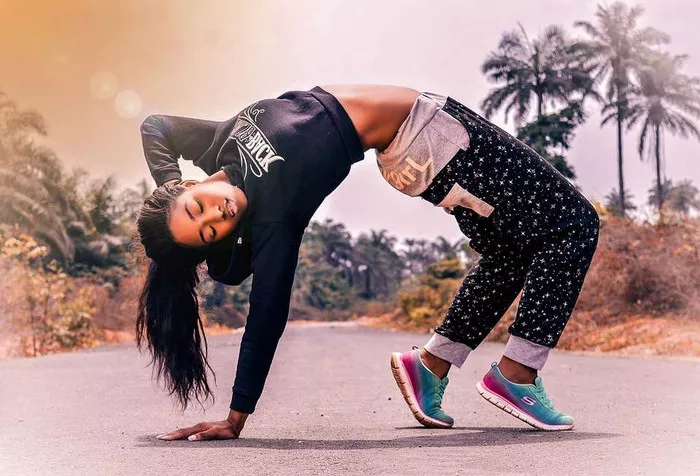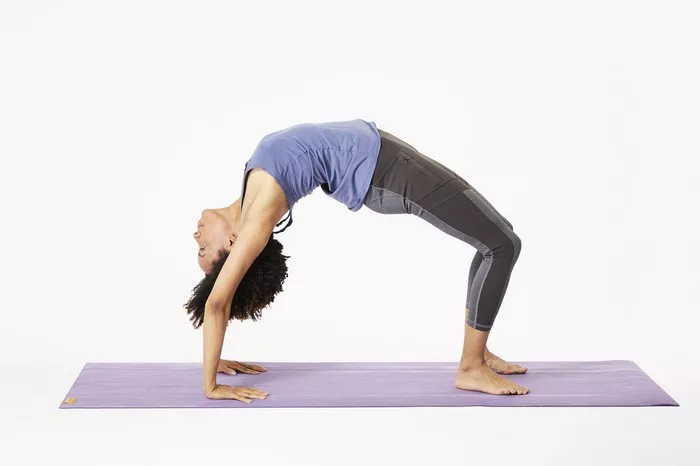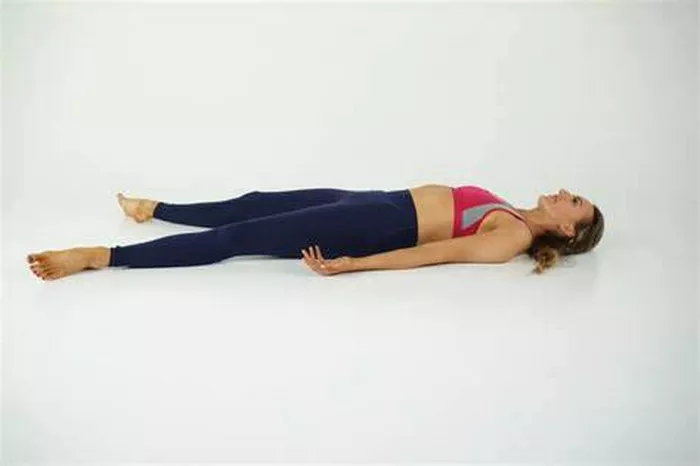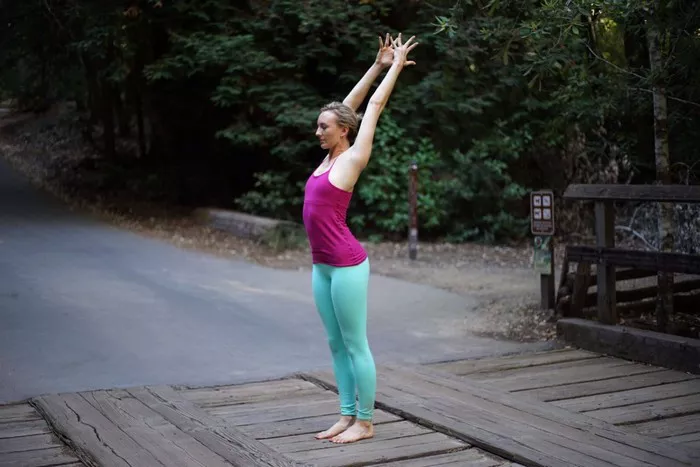Yoga, an ancient practice originating in India, has become a global phenomenon over the last century. It is often perceived as a way to improve flexibility, strengthen the body, and promote relaxation. While yoga as a whole remains rooted in the same philosophical foundation, the practice has diversified in modern times. Two prominent forms of yoga that have emerged are dynamic yoga and static yoga. Each offers distinct approaches to movement, breathing, and mental focus, and understanding their differences can help you choose the best style for your personal needs.
This article will explore the key differences between dynamic and static yoga, examining their characteristics, benefits, and the unique experiences they provide. Whether you’re a beginner or an experienced practitioner, understanding these two types will allow you to make an informed decision about your yoga practice.
1. Understanding Dynamic Yoga
Dynamic yoga, often associated with more physically demanding practices, emphasizes continuous movement. In this style, the postures (asanas) are linked together in a flowing sequence, where movement and breath are synchronized. The flow of movement tends to be faster and more vigorous compared to static styles. Common examples of dynamic yoga include Vinyasa, Ashtanga, and Power Yoga.
Key Characteristics of Dynamic Yoga:
Continuous Movement: In dynamic yoga, the practitioner transitions from one posture to another without holding each pose for an extended period. The flow between postures is smooth and seamless, creating a dynamic rhythm that can increase heart rate and stimulate circulation.
Breath and Movement Synchronization: The emphasis is on linking breath with movement. This means that each inhale and exhale corresponds with specific movements in the practice. For example, an inhale might coincide with an upward movement, while an exhale aligns with a downward movement.
Varied Intensity: Dynamic yoga can vary in intensity depending on the pace of the flow, the complexity of the postures, and the style being practiced. For instance, a Power Yoga class may be vigorous and high-energy, while a Vinyasa class can vary in speed but still emphasize flowing sequences.
Full Body Engagement: Because dynamic yoga involves a continuous flow of movements, it engages multiple muscle groups and promotes overall body strength, flexibility, and cardiovascular health.
Mind-Body Connection: Like static yoga, dynamic yoga also promotes mindfulness. However, the focus in dynamic yoga is on staying present through constant movement, which requires a different kind of mental concentration and awareness.
Benefits of Dynamic Yoga:
Improved Cardiovascular Health: The continuous movement of dynamic yoga increases heart rate, providing a cardiovascular workout. This can improve overall cardiovascular health, stamina, and endurance.
Increased Strength and Flexibility: The variety of poses and transitions in dynamic yoga challenge the body, improving both muscle strength and flexibility. The flowing movements help to lengthen muscles, while the transitions engage core strength and balance.
Weight Management: Dynamic yoga can be an effective part of a weight loss or weight management routine. The intensity of the practice helps burn calories, improve metabolism, and build lean muscle mass.
Mental Focus and Stress Relief: The fast-paced nature of dynamic yoga requires concentration and focus, which can help clear the mind and reduce stress. Practitioners often report feeling a sense of mental clarity and emotional release after a dynamic session.
Boosted Energy and Endurance: Because of its dynamic flow, this style of yoga can energize practitioners, making it ideal for those seeking a mental and physical recharge. It also increases stamina, making everyday tasks feel easier over time.
2. Understanding Static Yoga
In contrast, static yoga involves holding poses for longer periods of time, often with a focus on precision and alignment. In static practices, each posture is held for an extended duration, ranging from 30 seconds to several minutes, allowing for a deeper stretch and a greater focus on breath and alignment. Static styles of yoga include Hatha Yoga, Iyengar Yoga, and Yin Yoga.
Key Characteristics of Static Yoga:
Holding Poses: Static yoga is characterized by holding each posture for a longer period. The length of time a practitioner holds a pose can vary, but it is usually long enough to feel a deep stretch and to focus on alignment.
Focus on Alignment and Precision: Since each pose is held for longer, static yoga gives practitioners more time to refine their alignment, engage specific muscles, and correct posture. This precision helps prevent injury and increases the benefits of each asana.
Slow Pace: The pace of static yoga is slower than dynamic yoga. Practitioners move in and out of poses more deliberately, spending a significant amount of time in each one.
Breath Awareness: Although static yoga also emphasizes breathing, the practice in this style often focuses more on deepening the breath during each pose. This slow, conscious breathing enhances relaxation and promotes a deep mind-body connection.
Increased Relaxation: Because the postures are held for extended periods, static yoga often induces a meditative state, helping practitioners to relax, center their minds, and improve mental clarity.
Benefits of Static Yoga:
Enhanced Flexibility: The longer you hold a stretch, the deeper the muscles, ligaments, and joints can release tension. Static yoga is excellent for improving flexibility, particularly in the hips, hamstrings, and shoulders.
Improved Posture and Alignment: Static yoga encourages mindfulness of posture and body alignment. Holding poses for an extended period helps you develop a stronger awareness of how your body moves and how to align it correctly.
Mental Calmness and Clarity: Since static yoga is slower and more focused, it promotes relaxation and stress relief. The meditative nature of holding poses can help calm the mind, reduce anxiety, and promote emotional stability.
Injury Prevention: The focus on alignment and careful attention to detail in static yoga can help prevent injury, especially for those new to yoga or those who have existing injuries or limitations.
Deeper Mindfulness: The slower pace and the extended time spent in each posture allow practitioners to focus deeply on their breath and body sensations. This mindfulness encourages a more profound connection between the mind and body.
3. Which Style is Right for You?
The choice between dynamic and static yoga largely depends on your personal preferences, fitness goals, and lifestyle. Here are some considerations to help you decide which type of yoga might be the best fit for you:
Choose Dynamic Yoga If:
- You enjoy a faster-paced, energetic workout.
- You want to increase your cardiovascular health, stamina, and overall strength.
- You’re looking to challenge your body and mind simultaneously.
- You enjoy flowing from one pose to another and appreciate the rhythm of movement.
- You want to burn calories and improve muscle tone.
Choose Static Yoga If:
- You prefer a slower pace and enjoy taking your time in each posture.
- You’re looking to improve your flexibility, posture, and alignment.
- You want to focus on mindfulness and relaxation.
- You’re new to yoga or dealing with injuries that require a gentler approach.
- You want to deepen your awareness of breath and body sensations.
Conclusion
Both dynamic and static yoga offer unique benefits, and neither style is inherently better than the other. It ultimately comes down to personal preference and what you are looking to achieve in your practice. Dynamic yoga is ideal for those seeking an active, energetic practice that challenges both the body and the mind, while static yoga provides a slower, more mindful approach that encourages relaxation, flexibility, and alignment.
Many practitioners find that a combination of both styles suits their needs perfectly. You might prefer dynamic yoga on some days for its energetic flow and cardiovascular benefits, while turning to static yoga on others for its calming and restorative qualities. Whatever you choose, both dynamic and static yoga have the potential to enhance your overall health and well-being, helping you lead a more balanced and mindful life.
Related Topics:


























